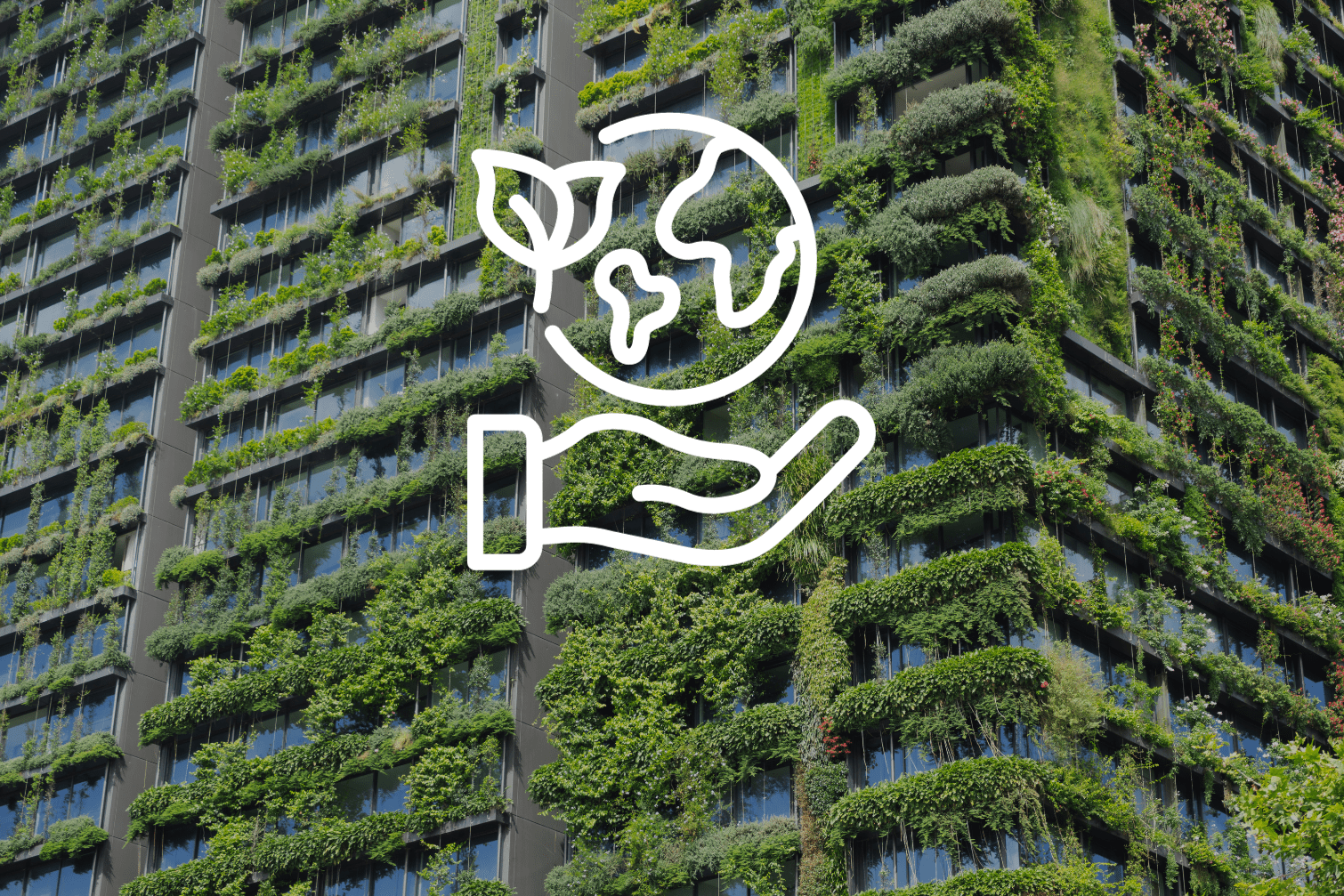Why Sustainable Building Materials Matter for Air Quality
As our global community grows increasingly conscious of environmental health, the conversation naturally shifts towards our homes. But did you know that the materials with which we build our homes can directly impact the air we breathe indoors? Let’s delve into why sustainable building materials are not just an eco-friendly choice but a breath of fresh air.
The Hidden Pollutants: Conventional Materials and Their Impact
Traditional construction materials, while durable and often cost-effective, come with a hidden price. Many release volatile organic compounds (VOCs) and other pollutants, compromising indoor air quality. Over time, these can lead to respiratory issues, allergies, and even more severe health concerns. Source.
Green Materials for a Breathable Home
Transitioning to sustainable materials offers a solution. Here are a few noteworthy mentions:
- Bamboo: A rapidly renewable resource, bamboo is not only strong but also releases minimal VOCs.
- Recycled steel: With the strength of conventional steel, recycled steel reduces the carbon footprint and improves indoor air quality.
- Natural insulation: Wool or cellulose insulation effectively regulates temperature without introducing harmful chemicals.
Eco-friendly Construction: Beyond Just Air Quality
But it’s not just about breathing easier. Sustainable building materials:
- Reduce the strain on our planet by decreasing the need for resource-intensive production.
- Improve energy efficiency, leading to a reduced carbon footprint and lower utility bills.
- Contribute to a home’s longevity, often outlasting and outperforming conventional materials.
A Deep Dive into Popular Sustainable Home Solutions
As the green building movement gains traction, innovations abound:
- Green roofs: These living roofs regulate temperature while purifying the air.
- Low-VOC and VOC-free paints: These provide vibrant colors without the toxic fumes.
- Recycled glass countertops: A stylish and sustainable alternative to granite or marble.
Tips for Transitioning to Sustainable Home Construction
For those eager to embrace green construction:
- Research: Familiarize yourself with sustainable materials available in your region.
- Consult experts: Collaborate with architects and builders who specialize in eco-friendly construction.
- Prioritize: If a complete overhaul isn’t feasible, start with areas like insulation, flooring, or paint—where you’ll see immediate air quality benefits.
The Future of Building: Sustainable, Healthy, and Green
The global shift towards sustainable building practices indicates a brighter, greener future. As more people recognize the interconnectedness of our health, homes, and habitat, we can expect even more innovations in green construction.
Building with Health and Nature in Mind
In our quest for comfortable, stylish homes, let’s not forget the essence of a home—a sanctuary. By choosing sustainable building materials, we not only protect our planet but also ensure a healthier living space for ourselves and future generations.




